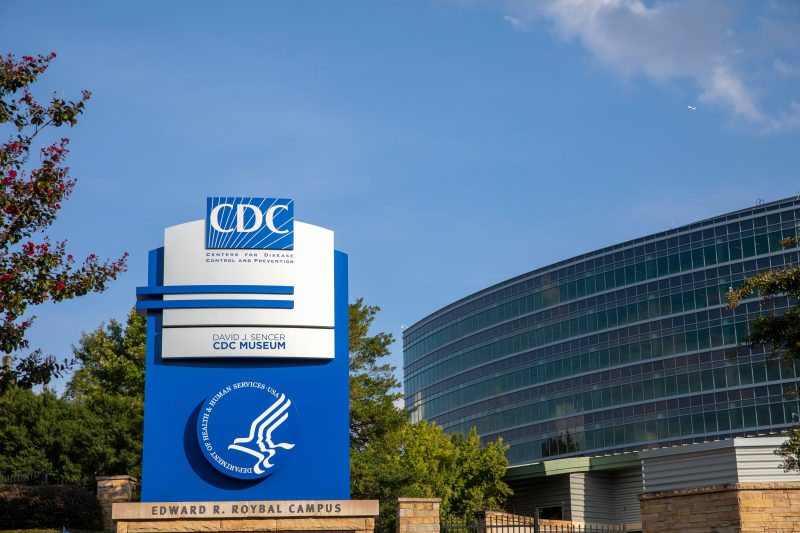Federal statistics on drug misuse and overdoses are alarming and frightening, but there’s also notable progress within the context of bad news and still far too many deaths.
First the bad news:
● Nearly 49 million people, some as young as 12, had a substance use disorder in the past year, according to 2023 data.
● Less than a quarter of those who needed drug treatment received it, the 2023 data indicate.
● About one-third of U.S. counties “had no facilities that offered any level of drug misuse treatment as of May 2020,” the latest data available.
From 2013, the annual number of drug overdose deaths more than doubled, from 44,000 to the 107,900 apex in 2022. That “represents a serious risk to public health and has resulted in significant loss of life and effects to society and the economy, including billions of dollars in costs,” said the Government Accountability Office (GAO) in a report this month.
But even in the face of too many deaths and distressing statistics, newer information from the Centers for Disease Control and Prevention (CDC) and the White House Office of National Drug Control Policy (ONDCP) is more promising and represents “the largest recorded reduction in overdose deaths,” according to the Biden administration.
For the 12-month period ended in May, there were 94,758 U.S. drug overdose deaths, according to data released Wednesday by CDC’s National Center for Health Statistics. That’s about a 12 percent decline from 2022 and contrasts sharply with the 31 percent increase, from 70,200 to 91,800 during 2017-2020, which includes the first months of the coronavirus pandemic, under the Trump administration.
“That’s a major, major change,” ONDCP Director Rahul Gupta said during a telephone call from Detroit.
One reason for the decline is the increased availability of Narcan, also known as naloxone. The Food and Drug Administration approved use of a naloxone nasal spray without a prescription last year, a move the agency said was designed to make the medication readily available in drugstores, convenience stores, gas stations, groceries and online.
President Joe Biden was emphatic about the impact of illicit drugs in a speech last month. “I want to be clear,” he said. “This is a national security threat.” Biden was speaking to the Global Coalition to Address Synthetic Drug Threats, which was launched by Secretary of State Antony Blinken last year.
Now, the Biden administration has cause for optimism. The drop in overdose deaths, “six months straight, is historic,” Gupta said.
“We are at a critical inflection point,” he added in a written statement. “This new data shows there is hope, there is progress, and there is an urgent call to action for us all to continue working together across all of society to reduce drug overdose deaths and save even more lives.”
Yes, there is hope, there is progress. But, “overdose deaths are only one indicator of the extent of our challenge,” said Terrence D. Walton, executive director of NAADAC, the Association for Addiction Professionals. “For every overdose fatality, there are likely multiple addicted people experiencing dangerous overdoses that did not end in death. Those aren’t being counted.”
Despite decades of slogans, speeches, and many programs, federal efforts to combat drug misuse were added to GAO’s federal government “high-risk” list in 2021 in part because “the availability of substance use treatment has not kept up with demand and declined because of the covid-19 pandemic.”
The reasons are structural and personal.
A distressing one is “approximately 50 percent of counties in the United States did not have an active psychiatrist or addiction medicine specialist in 2020,” according to a 2022 GAO report.
Another factor: “low insurance reimbursement rates, reimbursement for only certain treatment services, and prior authorization requirements for some medication assisted treatments were barriers” to full care.
Federal survey data, cited in this month’s GAO report, indicate individual barriers to treatment include “not being ready to start treatment,” thinking treatment is too expensive, and not knowing how or where to get treatment.
Yet, Gupta said “we have removed more barriers to treatment for substance use disorder than ever before and invested historic levels of funding to help crack down on illicit drug trafficking at the border.”
Former president Donald Trump has made illicit drug trafficking a prime point of his presidential campaign that relentlessly — and often dishonestly — focuses on immigration. “We’re losing 300,000 people a year to fentanyl that comes through our border,” he said in July.
That is not true.
Trump’s number is almost three times the total number of overdose deaths at the 2022 high point. About 80 percent of those deaths involved fentanyl and other synthetic opioids, but not methadone, says the October GAO document.
Moreover, “more fentanyl has been seized at our border in the last two years than the previous five years combined — in the previous five years combined,” Biden told the Global Coalition gathering. “Nearly 60,000 pounds of fentanyl have been seized. That’s enough to kill every single American many times over.”
The decline in overdose deaths, however, provides no reason to rejoice.
“Even if we are experiencing a downward overdose trend, with overdose rates remaining more than twice as high as in 2013, this is no time to celebrate,” Walton said. “As a society, our job is far from done.”
